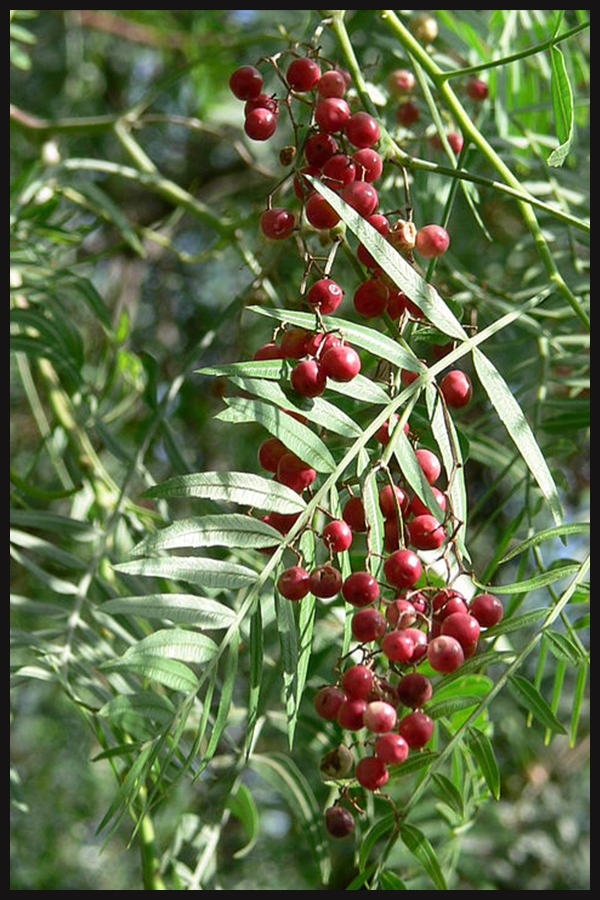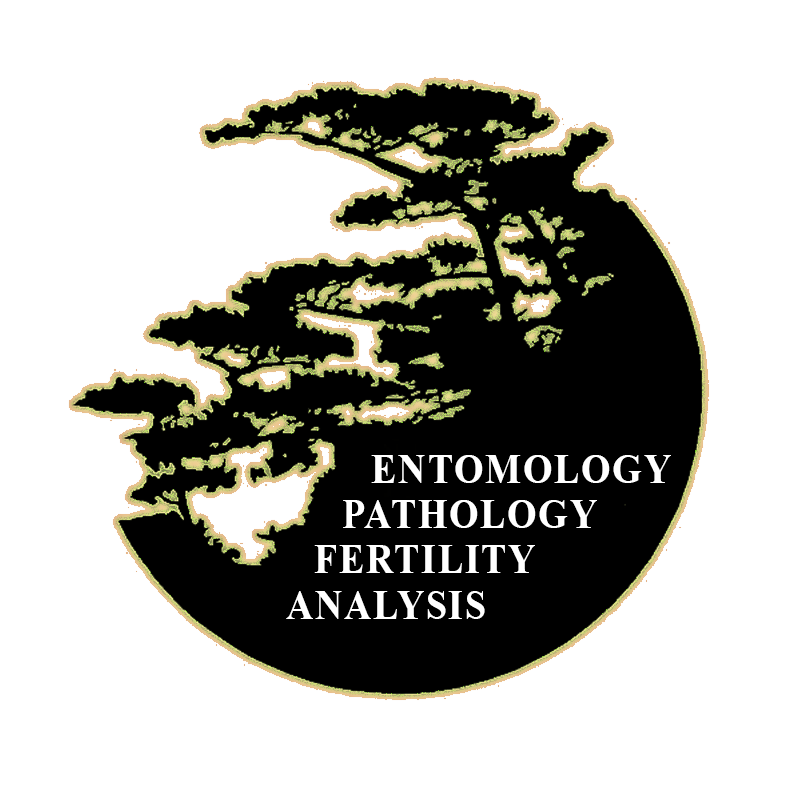MYOPORUM LAETUM
Myoporum laetum
Myoporum laetum has been planted extensively throughout many areas of California. Myoporum trees grow quickly and may reach up to 30 feet tall but most are only about 15 to 20 feet tall. In recent years many myoporum have been attacked by an aggressive insect, klambothrips myopori. We can manage this problem but if you plan to plant this tree ask the nursery about resistant varieties and alternative trees. The list below shows some of the most common issues regarding this tree:
- Myoporum Thrip (Klanbothrups myopori)
- Blue-green sharpshooter (Graphocephala atropunctata)
- Pythium root rot
- Nutrient deficiencies
- Poor water drainage
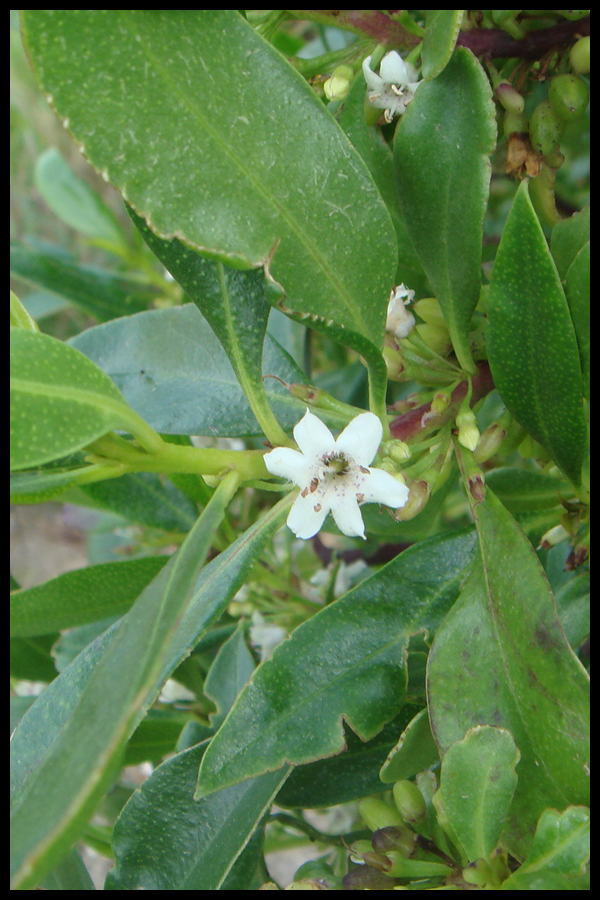
BIRCH
Betula pendula
This deciduous tree has beautiful white bark with lacy and pendulous foliage growth. It commonly grows up to 20 feet but can reach heights of up to 30 feet. The canopy is narrow although growing to about 10 feet wide. The list below shows some of the most common issues regarding this tree:
- Birch Aphid (Euceraphis betulae)
- Oystershell Scale (Lepidosaphes ulmi)
- Lace Bug (Corythuca pallipes)
- Rust
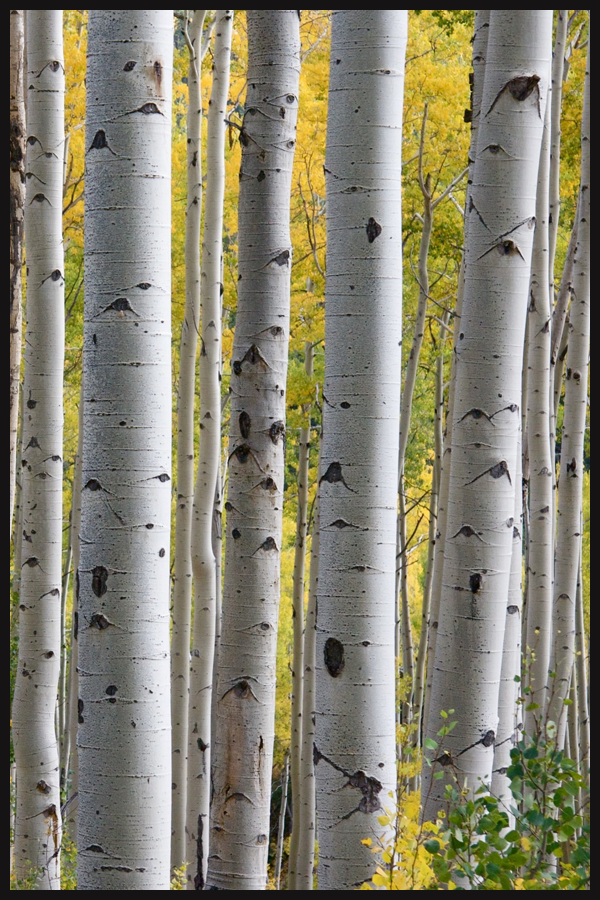
STRAWBERRY TREE
Arbutus unedo
One of the better trees for placement in or around lawns. It can do well in different soils and climate conditions. A hybrid, Arbutus 'marina' has larger leaves, and pink-red flowers. These trees grow to a height of 30 feet but are slow growing and are usually found to be about 10-15 feet tall. Their canopy is often the same width. Here are some common issues with strawberry trees:
Insects:
- Aphid (Wahlgreniella nervata)
- Scale (Hemiberlesia rapax)
- Caterpillar (Malacosama californicum)
- Thrips (Frankliniella schultzei)
Diseases:
- Crown Rot (Phytophthora spp.)
- Canker (Cytospora spp.)
- Leaf Spots (Mycosphaerella fragariae)
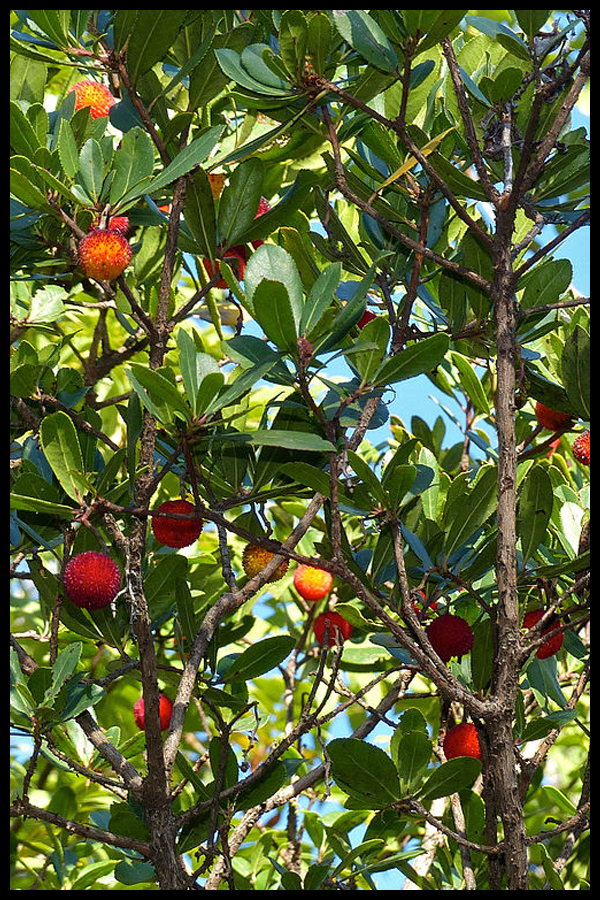
JAPANESE BOXWOOD
Buxus microphylla
Very popular shrub in many landscape settings. Usually growing between 2-6 feet tall and often a similar width. Here are some common issues with the Japanese Boxwood:
- Leaf miner (Monarthropalpus flavus)
- Psyllid (Psylla buxi)
- Mite (Eurytetranychus buxi)
- Crown rot (pythophthora spp.)
Diseases:
- Root Rot (Phytophthore spp.)
- Boxwood Blight (Calonectria pseudonaviculata)
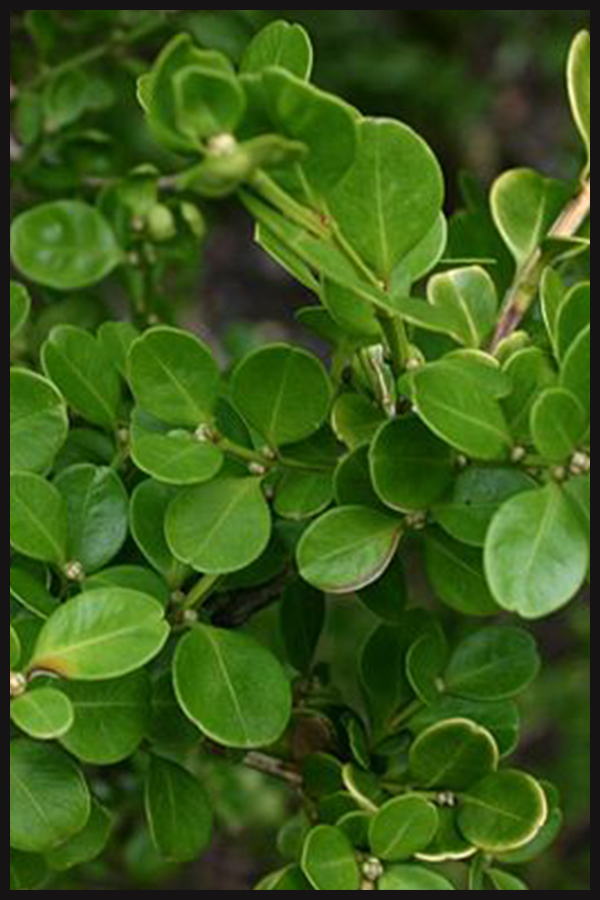
PEPPER TREE
Schinus molle
This is a fast growing evergreen tree that may reach up to 50 feet, although most in our area are about 20-30 feet tall. This tree displays light green gracefully drooping foliage and when mature a burly bark surface. The female tree has attractive red berries. This tree has aggressive roots near the soil surface to keep this in mind when choosing a proper planning location. The list below shows some of the most common issues regarding this tree:
Insects:
- Peppertree psyllid (Calophya schini))
- Citrus thrips (Scirtothrips citri)
- Greedy scale (Hemiberlesia rapax)
Diseases
- Root Rot (Phytophthora)
- Verticullium
- Decay Rot (Ganoderma lucidum)
